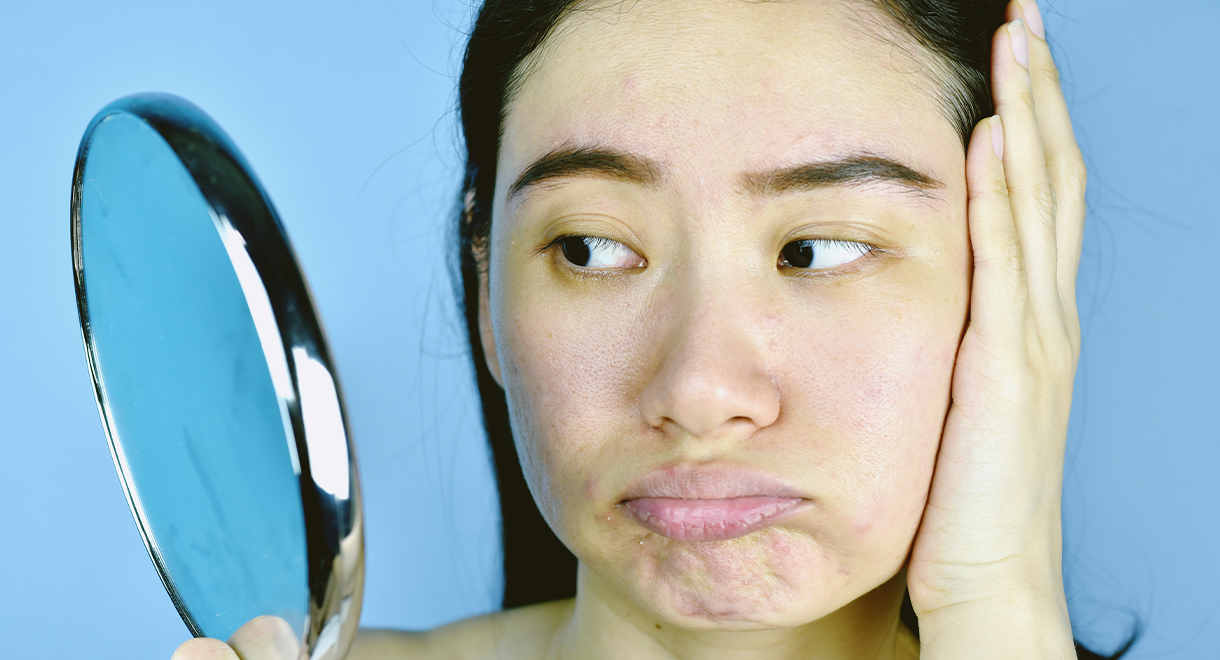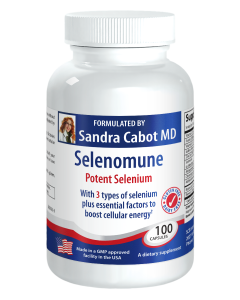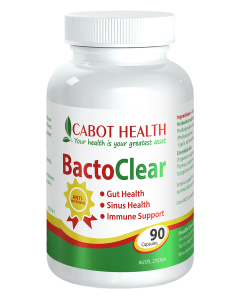

Do You Know What Really Causes Acne?
Acne is an extremely common inflammatory skin condition that affects the pilosebaceous ducts in the skin. Acne vulgaris affects approximately 80 percent of teenagers, so these days it is generally considered to be normal and expected. Of course there are degrees of severity, and for some teenagers it becomes an overwhelming problem in their life.
The incidence of acne peaks at around 18 years of age and tends to reduce in severity after the age of 25. However, approximately 3 percent of men and 5 percent of women continue to experience acne in their 40s. These are usually people who suffer with insulin resistance.
What causes acne?
Research has shown the following to be involved in acne formation:
- Excessive stimulation of sebaceous glands by male hormones (androgens), neuropeptides (released by nerves) and insulin-like growth factor-1 (IGF-1)
- Modified sebum composition
- Excessive keratinisation and plugging of the sebaceous duct
- Proliferation of the bacteria Cutibacterium acnes
- Release of inflammatory chemicals including the interleukins (IL)-6, IL-8 and IL-12
- Genetics plays a role because if there is a family history of severe acne in a first degree relative, you are more likely to experience it as well.
- Puberty is often a trigger for acne because of the sharp rise in male hormones. Traditionally teenage boys suffer more because they experience a greater rise in male hormones.
- Smoking cigarettes increases the risk.
- Some medications can cause acne as a side effect; these include antiepileptics, digoxin, corticosteroids and androgenic anabolic steroids (used by body builders).
- Nutrient deficiencies (particularly zinc and vitamin A) and diets high in carbohydrate and dairy products are major triggers of acne.
Acne usually affects areas of the body rich in sebaceous glands, such as the face, neck, back and shoulders. Acne can have a significant impact on the emotional, psychological and social well-being of a person, often outweighing the physical impact of the disease. Acne has the potential to cause scarring.
Acne vulgaris can sometimes be confused with acne rosacea (common in fair skinned females over the age of 30), perioral dermatitis or other forms of dermatitis.
A high glycemic load diet can give you acne
Bread, pasta, rice, sugar and foods that contain flour are all common acne culprits. This is because these foods are rapidly digested into sugar in your body and consequently result in a rapid rise in blood sugar. The rise in blood sugar triggers your body to produce insulin and insulin-like growth factor 1 (IGF-1).
These hormones trigger your body to produce more male hormones, which encourage pores in the skin to secrete large quantities of sebum. Sebum is a greasy substance that acne promoting bacteria love. IGF-1 also promotes skin cells called keratinocytes to multiply; further encouraging acne.
We know that overproducing insulin and IGF-1 can promote weight gain and raise the risk of type 2 diabetes, but many people are not aware of the relationship between these hormones and acne. When IGF-1 is used to treat people with a condition called Laron syndrome, they experience a spike in male hormones, followed by acne. Metformin is an insulin-blunting drug used to treat insulin resistance, and it is known to curb acne in women with polycystic ovary syndrome, a condition in which too much insulin is secreted.
There is a low glycemic load eating plan in my book I Can’t Lose Weight and I Don’t Know Why. Berberine is an herbal extract with powerful insulin-lowering properties. I recommend it to all my insulin resistant patients.
Gut toxicity can cause acne
This usually accompanies a sluggish liver. Your liver dumps toxins into the bile, which is transported into the gallbladder and then into the intestines. If your intestines are eliminating wastes effectively, you will excrete them via bowel motions. Ideally you would have between one and three bowel motions each day. Many people do not achieve this, or their bowel actions are not thorough.
If this is the case for you, a great number of toxins will be allowed to recirculate through your body. Consuming plenty of fiber in your diet will help to trap the toxins as they travel through your bowel and carry them out of your body. The insoluble fiber in fruit and vegetables helps to soften the stool and allow an easier passage out of your body. Nuts and seeds, particularly flaxseed and chia seeds are also helpful. If you need additional fiber, you can add Fibertone powder to smoothies, cereal, muffins or yogurt.
If you have an overgrowth of the wrong bacteria and fungi in your gut, they secrete a lot of toxins that travel to your liver, compromising its detox abilities. Excess toxins can then be excreted via your skin, causing breakouts. Avoiding sugar and minimising FODMAPs in your diet can help. The antimicrobial herbs in BactoClear capsules help kill unwanted gut bugs.
Mites that live on your skin can cause acne
Acne rosacea is a type of acne that usually affects women over the age of 30 and causes redness and bumps over the nose and cheeks. Recent research has shown that Demodex mites may be partly responsible for this skin condition. These mites live on the skin of 20% to 80% of adults. The tiny bugs are invisible to the naked eye.
Poor health (caused by poor diet, stress, lack of sleep, etc.) can cause these mites to multiply and reach pathological levels. Research shows that people with rosacea have more than 10 times as many Demodex mites on their skin as people without the condition. The problem is, when these mites die, they release bacteria into the skin. The bacteria trigger an immune reaction that causes redness and inflammation of the skin. So it’s not the mites themselves that are harmful, but rather the bacteria inside them.
However, the underlying message is to improve the state of your health, because in healthy individuals the mites are never allowed to overgrow to such extreme levels. Along with following the recommendations in the points above, I recommend selenium to help strengthen your immune system against infections, and reduce inflammation.
The above statements have not been evaluated by the FDA and are not intended to diagnose, treat or cure any disease.
References
Cunha M, Daza F, D Apparecida C, et al. The relevance of sebum composition in the etiopathogeny of acne. European J Biological Res 2018;8(1):21-25
https://www.ncbi.nlm.nih.gov/pmc/articles/PMC4135093/
Know someone who might benefit from this article? Share it!
Need Help?
1-888-75-LIVER
Monday to Friday, 9:00 am to 5:00 pm MST
100%
Satisfaction Guaranteed
If it’s faulty or wrongly described, we’ll replace it.













